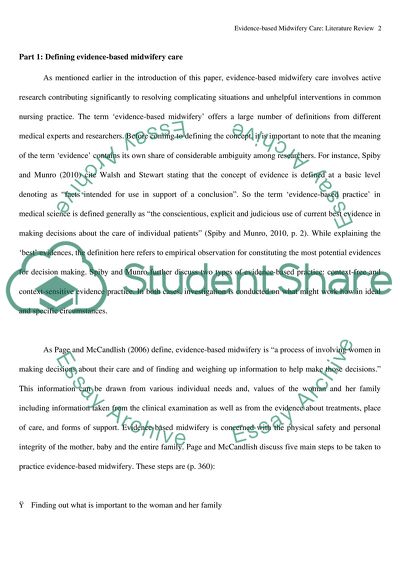Cite this document
(Evidence-based Midwifery Care Literature review, n.d.)
Evidence-based Midwifery Care Literature review. Retrieved from https://studentshare.org/health-sciences-medicine/1739590-literature-review-two-parts
Evidence-based Midwifery Care Literature review. Retrieved from https://studentshare.org/health-sciences-medicine/1739590-literature-review-two-parts
(Evidence-Based Midwifery Care Literature Review)
Evidence-Based Midwifery Care Literature Review. https://studentshare.org/health-sciences-medicine/1739590-literature-review-two-parts.
Evidence-Based Midwifery Care Literature Review. https://studentshare.org/health-sciences-medicine/1739590-literature-review-two-parts.
“Evidence-Based Midwifery Care Literature Review”. https://studentshare.org/health-sciences-medicine/1739590-literature-review-two-parts.


